Yesterday, October 20, the Colorado health department proposed a ban of most forms of edible marijuana in the state’s pot shops. The plan was scrapped after four hours of debate. (Pictures of some of some edibles are in earlier blog postings.)
Coloradans now admit they weren’t expecting the problem with edibles and marijuana stores, when they voted to approve Amendment 64. They were promised it could “be regulated.” Thanks to the Marijuana Policy Project, voters were tricked into a commercial program they no longer want, which governor called “reckless.”
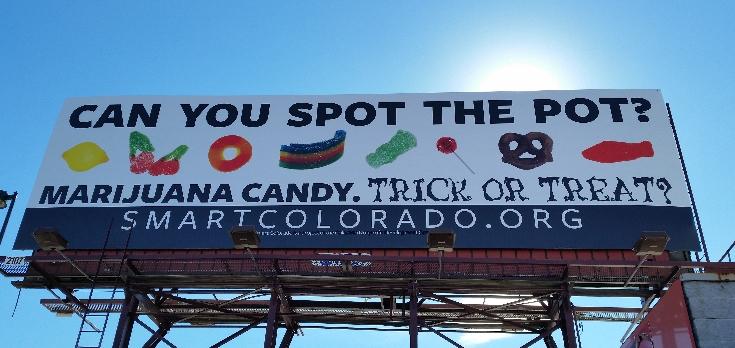 By early May of this year, nine children were treated at the Colorado Children’s Hospital in Aurora for ingesting marijuana. Seven of these children were in intensive care. By August, at least three more children had been in emergency treatment for marijuana at the same hospital. Dr. George Wang, head of emergency services at Colorado Children’s Hospital, discussed in a on Colorado Public Radio interview how marijuana poisonings have increased exponentially in the last few years.
By early May of this year, nine children were treated at the Colorado Children’s Hospital in Aurora for ingesting marijuana. Seven of these children were in intensive care. By August, at least three more children had been in emergency treatment for marijuana at the same hospital. Dr. George Wang, head of emergency services at Colorado Children’s Hospital, discussed in a on Colorado Public Radio interview how marijuana poisonings have increased exponentially in the last few years.
Even adults have been tricked by the edibles, as Dr. Richard Zane, head of the emergency services at the University of Colorado Hospital in Denver explained. At a county fair in Denver this summer, three people sought emergency treatment after they ate marijuana edibles, by mistake. Two adults died directly from ingestion of the edibles, one in March, and one in April.
Following the deaths, H.B. 14-1366 was signed in May 2014. The bill mandates that the department of revenue, on or before January 1, 2016, adopt rules requiring edible retail marijuana products to be shaped, stamped, colored, or otherwise marked with a standard symbol indicating that it contains marijuana and is not for consumption by children. Currently marijuana infused edibles must have packaging that meet requirements similar to the federal “Poison Prevention Packaging Act of 1970.”
As one dispensary owner admitted, the edibles makers just take common candies and spray hash oil on them.
“Marijuana is being sprayed, injected, and infused into almost anything imaginable — candies, cookies, sodas, salad dressing, pasta sauce, ramen noodles, and more — and yet our children and teenagers as well as parents, school officials, and community members have no way of knowing which products contain pot and which don’t.” Diane Carlson, representing Smart Colorado, was speaking at a committee meeting in September. Smart Colorado formed in early 2013, after passage of Amendment 64, to assure that the newly legalized marijuana would stay out of the hands of children.

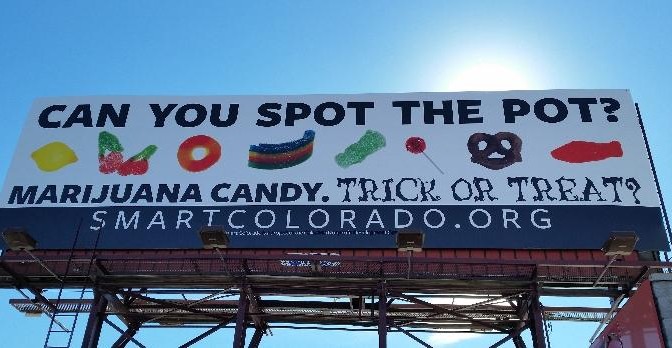
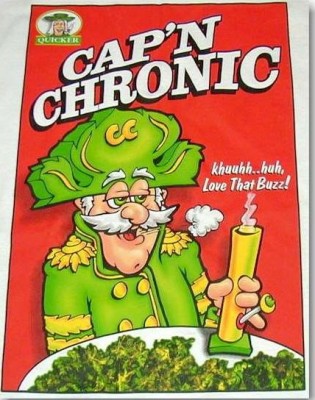
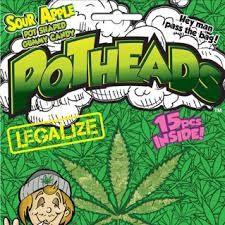
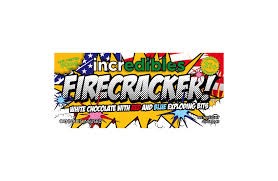
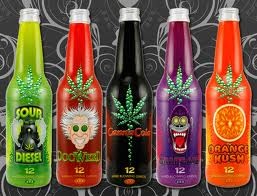
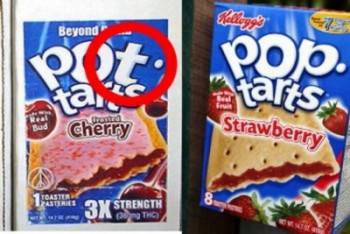
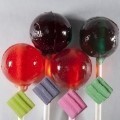 products which mimic the look of Hershey’s candies are: Ganja Joy, like Almond Joy; Hasheath, which looks like Heath Bars; Hashees which resemble Reese’s peanut cups, and Dabby Patty, made to look like York peppermint patties. The company’s website says its products “diabetic safe and delicious” and helpful with a variety of issues, including pain, headaches and insomnia.
products which mimic the look of Hershey’s candies are: Ganja Joy, like Almond Joy; Hasheath, which looks like Heath Bars; Hashees which resemble Reese’s peanut cups, and Dabby Patty, made to look like York peppermint patties. The company’s website says its products “diabetic safe and delicious” and helpful with a variety of issues, including pain, headaches and insomnia.